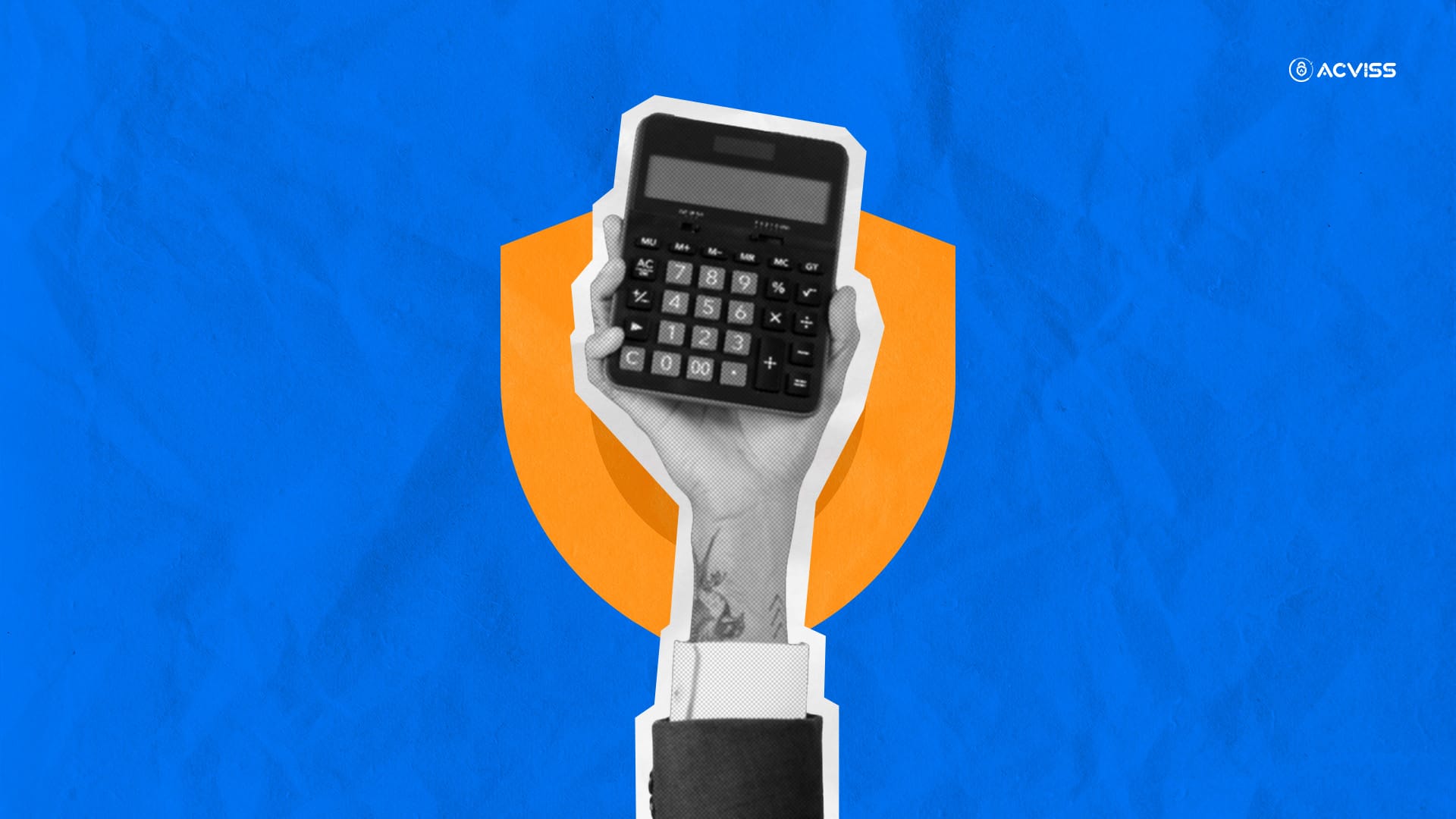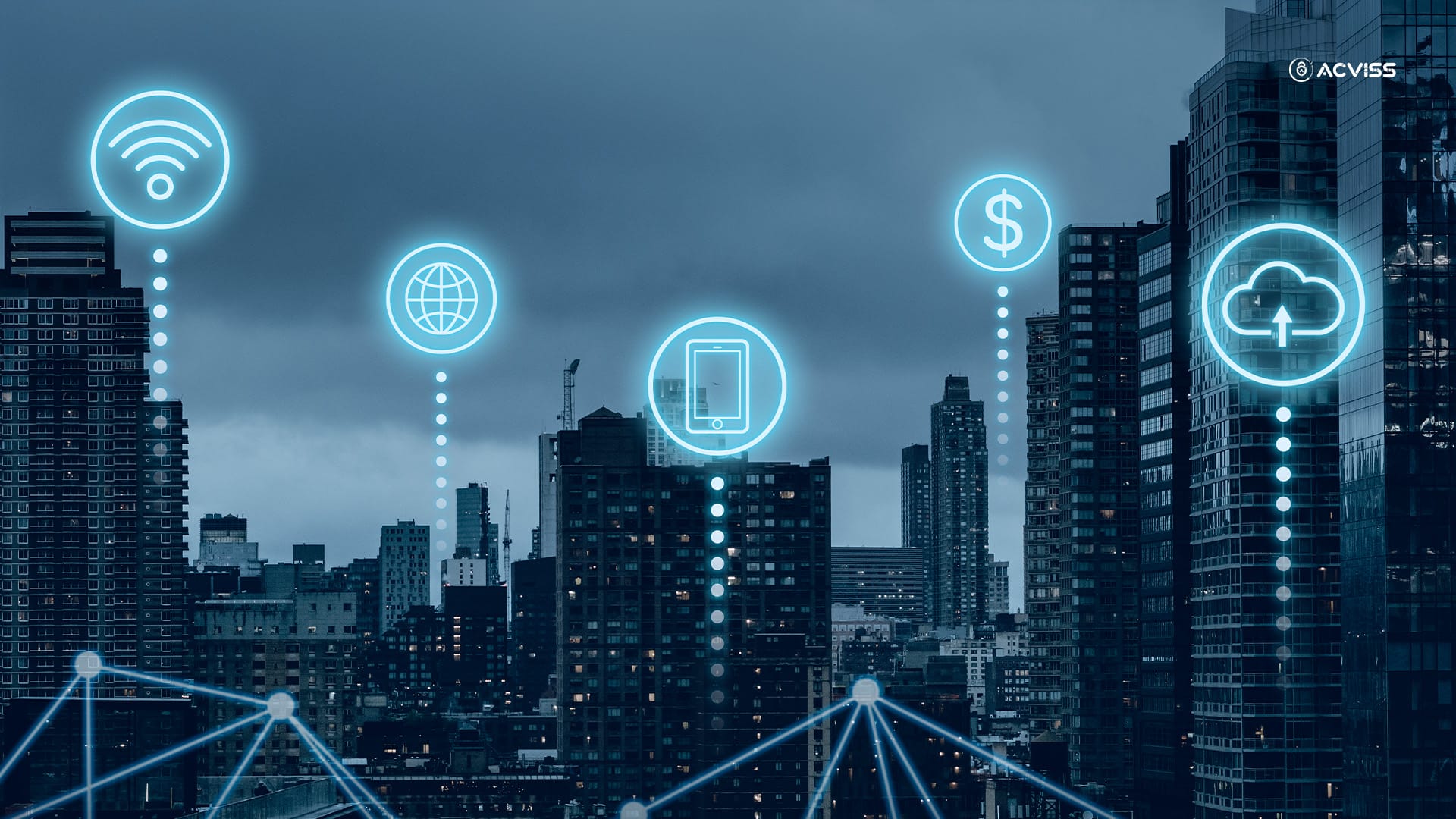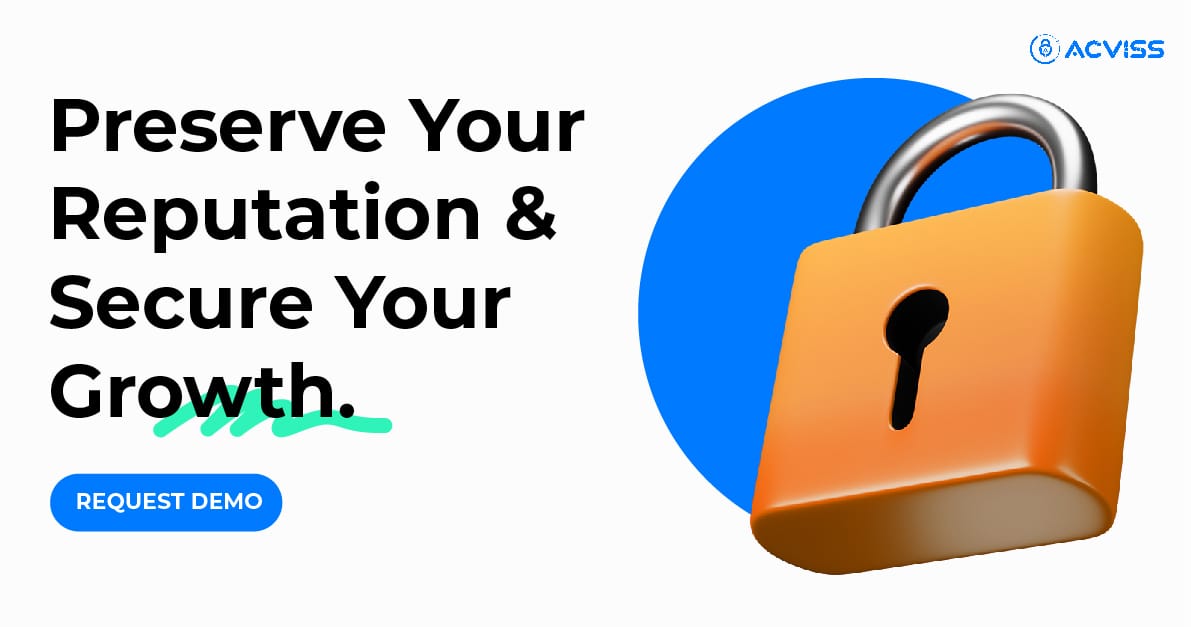How to Build Brand Trust with a Better Cost Per Purchase Experience

The real cost of a purchase is not always measured in money. It’s measured in experience. In an era where consumers are more empowered, informed, and expectant than ever, brands face a critical challenge: optimising every micro-moment in the buyer journey to not only secure a transaction but to build trust and loyalty.
We live in an attention economy, and the average consumer interacts with multiple touchpoints before making a single purchase. Each of these touchpoints, be it digital or physical, adds to the Cost Per Purchase Experience (CPPE). This concept goes beyond traditional metrics like Cost Per Acquisition (CPA) or Cost Per Click (CPC). It focuses on the quality of each interaction, not just the quantity of conversions.
We’ll explore how brands can enhance the Cost Per Purchase Experience to create more meaningful, secure, and seamless buyer journeys, with actionable strategies and technological integration.
What is Cost Per Purchase Experience?
Cost Per Purchase Experience refers to the total effort, time, trust, and satisfaction that a consumer expends to complete a purchase, especially in sectors vulnerable to counterfeiting or brand misrepresentation. While monetary price is an obvious factor, the emotional and psychological costs, such as doubt about product authenticity, poor post-purchase support, or lack of engagement, can deeply affect a consumer’s decision to repurchase or recommend.
A high CPPE often signals friction in the customer journey:
- Product authenticity is unclear
- The brand’s digital presence is inconsistent
- Warranty or support systems are opaque
- The supply chain feels distant and untraceable
Today, improving this experience is not just good CX, it’s a strategic imperative.
Why CPPE Matters More Today Than Ever
1. Counterfeiting Is Eroding Trust
Counterfeit products cost brands more than just revenue; they erode brand credibility. When a customer unknowingly purchases a fake product, the damage isn’t limited to that single experience. It impacts social trust, future purchasing intent, and brand perception.
According to the OECD, counterfeit and pirated goods represent 3.3% of global trade. In categories like electronics, pharmaceuticals, or fashion, this threat is even more severe.
AI-integrated product authentication solutions empower brands to provide consumers with instant authentication of their products using non-cloneable security codes. This dramatically reduces customer anxiety at the point of purchase and strengthens brand trust.
2. The Rise of Omnichannel Expectations

Consumers no longer differentiate between physical and digital channels. Whether it’s a retail store, a website, a marketplace, or a social media ad, they expect a consistent and authentic brand experience across all platforms.
But here’s the challenge: counterfeiters operate across these channels too. A consumer who sees a fake listing on a marketplace and buys it under your brand name attributes the poor experience to you, not the impostor.
Online brand protection tools use AI and machine learning to scan marketplaces, social media, and web domains for fake listings, giving brands the power to proactively remove threats and ensure a unified, genuine brand presence.
How to Provide a Better Cost Per Purchase Experience
Let’s explore actionable strategies across the customer lifecycle to reduce CPPE and deliver authentic, engaging, and frictionless experiences.
1. Prioritise Product Authenticity and Transparency
Customer Concern: “How do I know this product is real?”
Brand Action:
- Use tamper-proof, blockchain-enabled labels that allow customers to verify product origin, manufacturing date, and more.
- Enable easy QR code scans at the point of sale for real-time authentication.
- Educate consumers on how to spot genuine packaging and what steps they can take if they suspect a fake.
Acviss Origin empowers this experience, allowing real-time product verification. Origin enables track and trace through the supply chain, offering consumers peace of mind and brands end-to-end visibility.
2. Engage Post-Purchase with Meaningful Interactions
Customer Concern: “Does the brand care after the sale?”
Brand Action:
- Implement loyalty and reward programs that incentivise engagement and feedback.
- Send personalised emails or app notifications post-purchase with care instructions, authenticity confirmation, and customer service links.
- Make warranties and registrations effortless.
Loyalty program platforms like Bonus help brands maintain post-purchase relationships. Encouraging loyalty through gamified rewards and ensuring that only genuine products are covered under warranty, preventing fraudulent claims and improving post-sale satisfaction.
3. Deliver Consistency Across Sales Channels

Customer Concern: “Why is the same product cheaper elsewhere?”
Brand Action:
- Standardise your brand communication and pricing across authorised sellers.
- Use AI-powered monitoring to flag unauthorised listings or suspicious price fluctuations.
- Educate customers about safe purchasing channels through your website and packaging.
With online monitoring tools, brands can monitor their digital footprint, identifying fakes and anomalies before they become customer complaints. This helps ensure the purchase journey is smooth and reliable regardless of where it begins.
4. Make the Customer Feel in Control
Today’s consumer wants control. Whether it’s tracking their delivery, understanding product origin, or reporting a fake, empowerment is key to reducing CPPE.
Brand Action:
- Offer real-time order tracking
- Enable easy returns and grievance redressal
- Let customers report counterfeit attempts directly from the product interface
Through its unified brand protection platform, Acviss allows brands to seamlessly integrate these capabilities into custom-branded apps, giving customers control while feeding brands valuable data.
Measuring Success: Metrics That Matter
To evaluate the success of your efforts to reduce CPPE, track these KPIs:
- Customer Lifetime Value (CLTV) – Better experiences = longer relationships
- Repeat Purchase Rate – Are buyers coming back?
- Customer Effort Score (CES) – How easy was the experience?
- Brand Trust Index – Social sentiment and review scores
- Incidents of Counterfeit Reports – Are they decreasing?
These metrics, when tracked over time, offer a clear picture of how experience-focused efforts are paying off, not just in loyalty, but also in revenue and brand equity.
Real Brands, Real Impact: How Acviss Makes a Difference

Over 80 global brands trust Acviss to protect more than 2 billion products across industries like electronics, pharmaceuticals, fashion, and food. From enabling farmers to trace coffee beans from soil to shelf, to helping electronics brands slash fake warranty claims, Acviss’s patented technology is redefining what it means to trust a product.
What’s unique about Acviss is that it doesn’t just defend against counterfeits; it elevates the customer journey. By making authenticity effortless, loyalty rewarding, and transparency the default, Acviss helps brands not only reduce the Cost Per Purchase Experience but turn each purchase into a moment of trust.
Trust is the New Currency
In a world saturated with choices, the brand that delivers the most seamless, secure, and genuine experience wins. Cost Per Purchase Experience isn’t a marketing buzzword; it’s a business imperative.
Reducing friction, ensuring product authenticity, and nurturing customer trust are no longer optional. They are foundational pillars for modern brands looking to survive and scale in a hyper-competitive landscape.
Investing in technologies like those from Acviss can lower CPPE, boost consumer confidence, and create lasting relationships, one authentic purchase at a time.
Ready to elevate your customer experience?
Talk to our expert team today to discover how your brand can deploy secure, scalable, and intelligent brand protection solutions to delight customers and outsmart counterfeiters.
